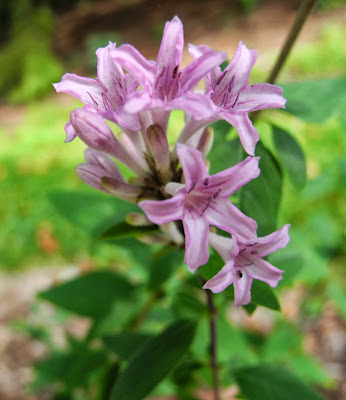Finally the first of our plants with good fall color have changed. It wasn't that long ago that it still looked, felt, and sounded like summer. However, it's October 31st! And there are quite a few things still to turn color, but it will be a short color season because the leaves are falling fast and it won't last. This Japanese maple really lights up an area near our garden pavilion and the peachy-pink color contrasts so nicely with it's very dark bark. In general it seems as though spring started about 2 weeks early and fall is running 2 weeks late. The good news is that almost 3" of rain has fallen in the past 24 hrs and it was really needed to recharge the soil moisture and get the trees well hydrated going into winter. TPP is no fan of red maples; they don't do well in this region because it's too hot and too dry for them in the summer. However this year they are striking with deep red foliage and all too many people will fall for them. Have to run, some more Jedi knights have come to the door seeking treats, but their mind tricks won't work on TPP.
Change of address
5 months ago in Variety of Life


























